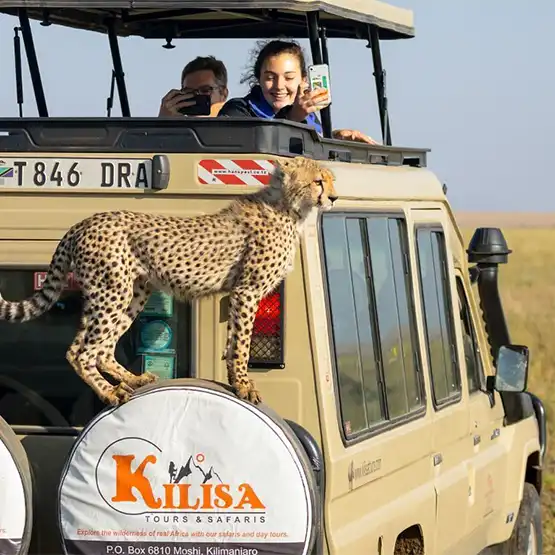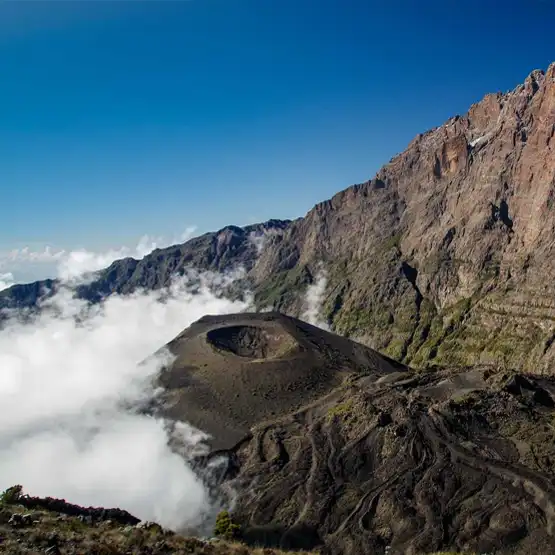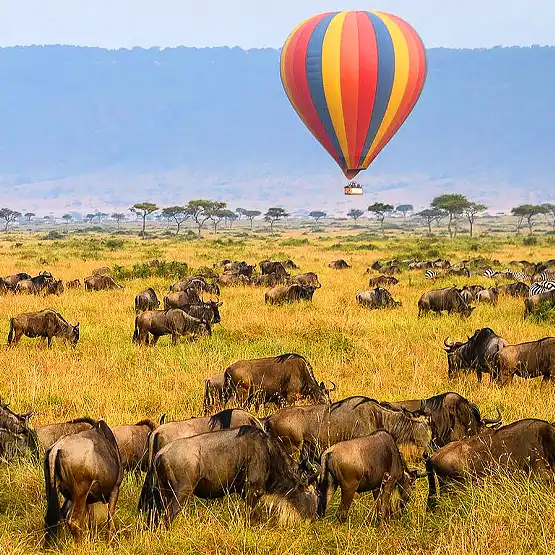Trekking through the high-altitude alpine zones of Mount Kilimanjaro is a test of endurance and resilience. The combination of extreme environmental conditions and physiological stress can push even the most experienced climbers to their limits. Let’s break down the main factors that make these zones so challenging:
1. Low Oxygen Levels (Hypoxia)
The higher you go, the thinner the air becomes. At altitudes above 4,000 meters (13,123 feet), the oxygen level is significantly reduced—about 60% less compared to sea level. This leads to hypoxia, a condition where the body struggles to get enough oxygen to the muscles and organs. Trekkers often experience symptoms like:
- Shortness of breath
- Headaches
- Fatigue
- Dizziness
To mitigate these effects, climbers must pace themselves, take frequent breaks, and allow time for acclimatization.
2. Extreme Temperature Swings
The alpine zones on Kilimanjaro are known for their drastic temperature fluctuations. Daytime temperatures can feel surprisingly warm, especially under direct sunlight, reaching up to 30°C (86°F) or higher. However, as soon as the sun sets, the temperature can plummet below freezing, reaching -10°C (14°F) or lower. These sharp changes make it challenging to maintain body heat, increasing the risk of hypothermia.
Tip: Dressing in layers is essential to manage these temperature swings effectively.
3. Dry, Harsh Environment
The alpine desert zone, in particular, is characterized by its arid climate. The low humidity means you’ll lose more water through sweat and respiration, leading to quicker dehydration. Trekkers often don’t feel thirsty in cold, dry environments, which increases the risk of dehydration if water intake is not consciously maintained.
Pro Tip: Drink small amounts of water regularly, even if you don’t feel thirsty, and carry electrolyte supplements to maintain your hydration levels.
4. Altitude Sickness
Altitude sickness is a significant concern as you ascend through the high-altitude zones. It can occur when your body fails to adjust to the lower oxygen levels, causing symptoms such as:
- Nausea and vomiting
- Loss of appetite
- Sleep disturbances
- Reduced coordination and mental function
In severe cases, altitude sickness can progress to High Altitude Pulmonary Edema (HAPE) or High Altitude Cerebral Edema (HACE), which are life-threatening conditions. That’s why it’s critical to monitor symptoms and descend immediately if they worsen.
5. Rugged, Rocky Terrain
The terrain in the alpine zones is another challenge altogether. You’ll encounter loose volcanic scree, sharp rocks, and uneven paths that can strain your ankles and knees. The lack of stable footing requires careful navigation and makes every step more exhausting.
Recommendation: Use trekking poles to help with balance and reduce the impact on your legs during steep ascents and descents.
6. Unpredictable Weather
The weather in the high-altitude alpine zones can change rapidly. One moment, you might be hiking under clear skies, and the next, you’re facing intense winds, snow flurries, or even hail. The unpredictability can make it hard to plan and test a climber’s mental resilience.
Safety Tip: Always carry a reliable weatherproof jacket and keep a close watch on weather updates.
7. Mental and Physical Fatigue
Climbing at high altitudes takes a toll on both the body and mind. The reduced oxygen levels mean your body works harder with each step, making even short distances feel grueling. Combined with the cold, isolation, and exhaustion, maintaining focus and motivation can be tough.
Mindset Tip: Break down your climb into small, manageable goals and celebrate each accomplishment to keep your spirits high.
How to Prepare for the Challenges of High-Altitude Trekking
To tackle Kilimanjaro’s high-altitude alpine zones effectively, you need to be physically fit, mentally prepared, and equipped with the right gear. Here’s a quick checklist to help you get started:
- Train for Endurance and Stamina: Focus on cardio exercises, strength training, and altitude conditioning.
- Practice Hiking at Altitude: If possible, train at higher altitudes before attempting Kilimanjaro to get your body accustomed to low oxygen levels.
- Pack Proper Gear: High-quality cold-weather clothing, sturdy trekking boots, a good sleeping bag, and reliable trekking poles are must-haves.
- Learn to Recognize Altitude Sickness Symptoms: Being aware of early signs can prevent serious complications.
- Plan for Adequate Acclimatization: Choose routes like the Lemosho or Northern Circuit, which offer a longer, gradual ascent.





